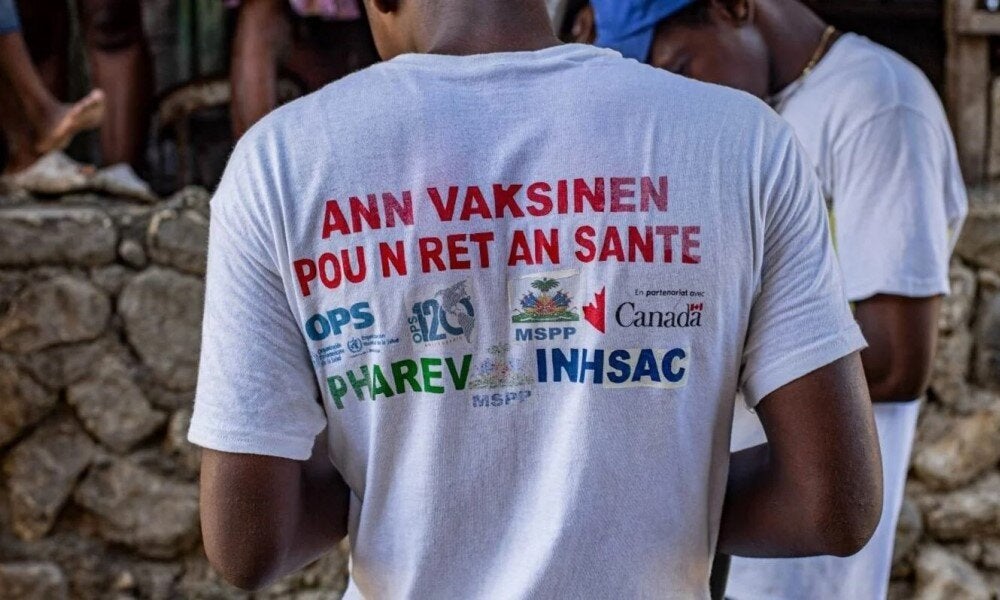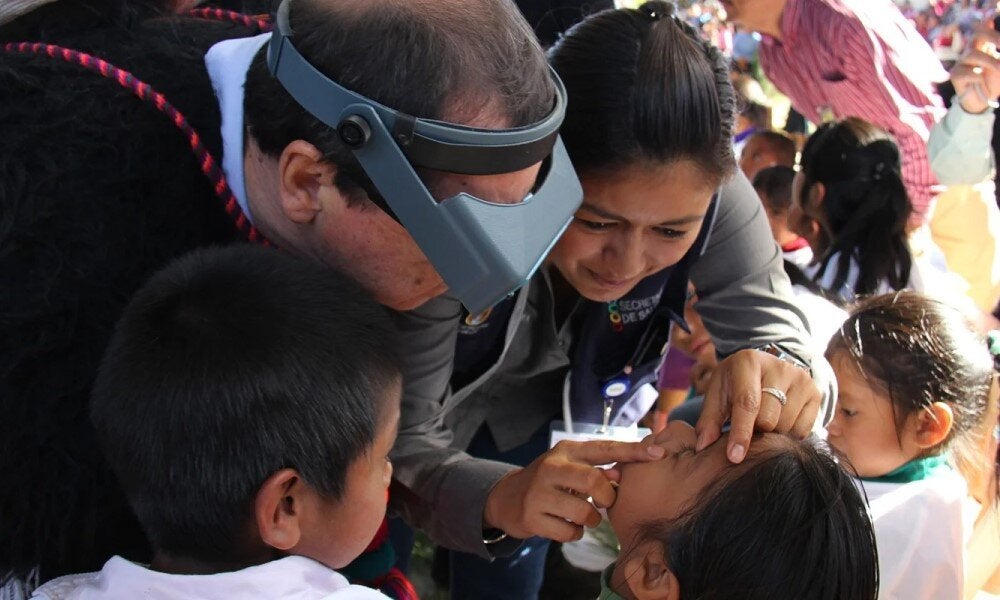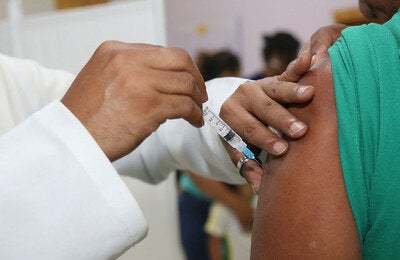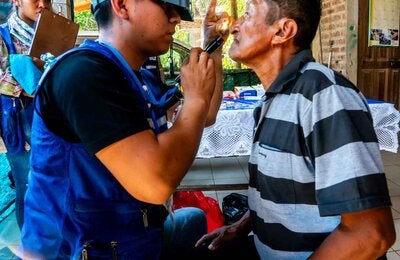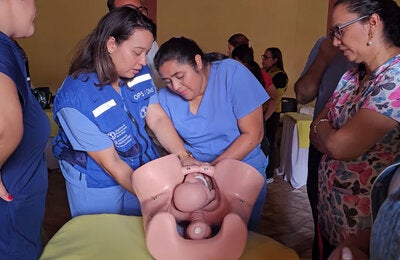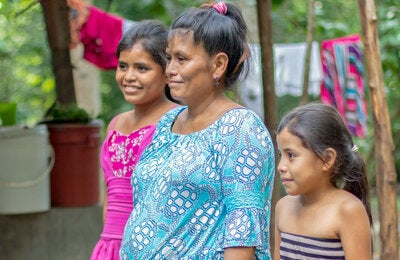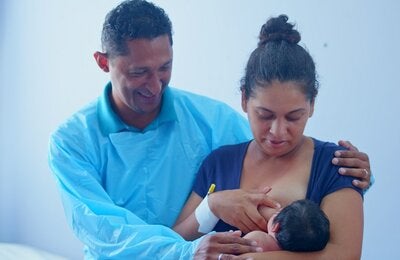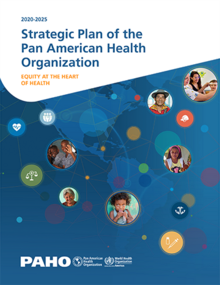Since 1971, when Canada became a Member State of the Organization, its contribution has spanned diverse areas such as strengthening health systems, preparedness and ultimately supporting PAHO's mission to enhance health outcomes in the Americas. At the height of the COVID-19 pandemic in 2021, Canada provided critical resources to support PAHO’s efforts to advance vaccination to populations in situations of vulnerability in Latin America and the Caribbean.
The relationship between the Pan American Health Organization (PAHO) and Canada stands as a testament to their shared commitment towards enhancing public health across the Americas. As a significant contributor to PAHO, Canada plays a pivotal role in bolstering various health initiatives aimed at improving the living standards and health outcomes throughout the region.
This partnership thrives on a foundation of collaborative health programs that span a wide array of focus areas, including the fight against communicable and non-communicable diseases, strengthening health systems, and enhancing emergency preparedness and response mechanisms.
Moreover, the exchange of expertise and technical assistance between Canada and PAHO enriches the capacity of both entities to tackle pressing health issues effectively.
This partnership underscores the significance of international cooperation in addressing global health issues championed by Global Affairs Canada (GAC), Health Canada , and the Public Health Agency of Canada (PHAC).



